eosinophilic colitis in babies
Allergy to cows milk was considered the main cause of eosinophilic colitis. PrimaryEC that occurs on its own.
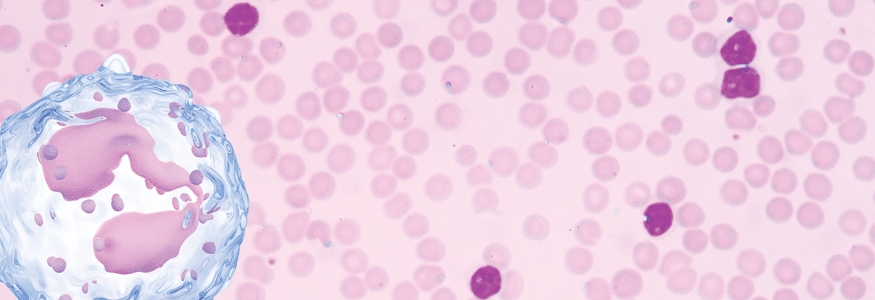
Eosinophilic Gastrointestinal Disease Gastrointestinal Society
Adolescent or older patients require more aggressive medical management including.

. EC causes long term inflammation. Eosinophilic or allergic colitis is a frequent manifestation of CMA in infants occurring predominantly in males and usually starting in the first six months of life. Oral rehydration therapy ORT is a type of fluid replacement used to prevent and treat dehydration especially due to diarrhea.
Eosinophilic colitis in infants is a rather benign frequently food-related entity and dietary elimination of the aggressor often resolves the disorder within days. Aim of our study is to focus on eosinophilic colitis EC to determine a possible correlation between associated disorders macroscopic findings. They gather in the lining of the colon.
However it is unlikely that allergic reactions were involved in. Eosinophilic gastroenteritis EGE which affects both the stomach and the small intestine. EC may respond to.
EC in infants will go away on its own with time. Eosinophilic colitis EC is the buildup of white blood cells called eosinophils. This in turn causes injury and inflammation.
There are two types of EC. To date no guidelines. SecondaryEC that is present because of another disease.
According to the literature approximately half of the cases occur during exclusive breastfeeding. There are three types of gastrointestinal eosinophilic disorders. Eosinophilic colitis may affect both adults and children.
Eosinophilic colitis in babies Wednesday February 23 2022 Edit. The pediatric gastroenterology team at Childrens Colorado includes experts in this field who have been treating and researching EGIDs in children for more than 25 years. 7 rows Eosinophilic colitis EC is a gastrointestinal disease of undetermined etiology whose clinical.
Diet is a treatment option for eosinophilic disorders including eosinophilic esophagitis EoE eosinophilic gastritis eosinophilic colitis and eosinophilic gastroenteritis The Cincinnati Center for Eosinophilic Disorders CCED at Cincinnati Childrens provides nutrition information consultation and resources for patients with an eosinophilic disorder and their families. PrimaryEC that occurs on its own. Eosinophilic colitis occurs predominantly in the first six months of life and in males.
Eosinophilic colitis is inflammation caused by excess eosinophils in the large intestine. To date no guidelines for diagnosis therapy and follow-up are validated. For infants changing formulas may help.
Up to 10 cash back Eosinophilic gastrointestinal disorders are rare in children and present with a broad spectrum of non-specific symptoms. It has been suggested that eosinophilic colitis can be attributed to a transplacental sensitization of the colon by bovine milk antigens. They gather in the lining of the colon.
There are no defined guidelines for the treatment of EC. EC in infants will go away on its own with time. EC is a type of eosinophilic gastrointestinal disorder EGID that is closely related to eosinophilic esophagitis EoE eosinophilic gastritis EG or eosinophilic gastroenteritis.
Eosinophilic colitis is a rare disease in which a type of white blood cell the eosinophil causes injury and inflammation to the large intestine. EC causes long term inflammation. Colonic or rectal biopsy showed infiltration by eosinophils between 5 and 25.
PrimaryEC that occurs on its own. Eosinophilic colitis EC which affects the large intestine. SecondaryEC that is present because of another disease.
The alphabet of eosinophilic diseases may be getting even longer with new findings from experts at Cincinnati Childrens indicating that eosinophilic colitis EoC is not a manifestation of other established gastrointestinal conditions but a disease of its own. Eosinophilia was found in 438 115263 of infants. Children with eosinophilic colitis EC have elevated levels of eosinophils a type of white blood cell that fights allergens in the large intestine.
Although eosinophilic colitis is a well-recognised syndrome in infants it is a loosely defined disorder in children older than 12 months of age. Eosinophilic gastrointestinal disorders are rare in children and present with a broad spectrum of non-specific symptoms. EC causes long term inflammation.
Molecular Analysis Suggests Eosinophilic Colitis is a Unique Disease. It is possible that food-antigen sensitization in utero contributed to their condition. When seen in infancy it is mostly a benign disease resolving by early childhood once an offending food is eliminated and outgrown.
The location of the inflammation determines which kind it is. Eosinophilic colitis EC is a rare disease in which a type of white blood cell the eosinophil appears in elevated numbers in the large intestine. EC in infants will go away on its own with time.
There are two types of EC. Medicines that decrease inflammation swelling Medicine that decreases the immune system. Eosinophilic colitis EC is the buildup of white blood cells called eosinophils.
Glucocorticoids anti-histamines leukotriene receptors antagonists as well as novel approaches employing biologics that target. In older people the EC has likely been there for a long time. The cause is unknown in many patients.
They gather in the lining of the colon. This leads to inflammation and other complications. Eosinophilic colitis in infants is a rather benign frequently food-related entity and dietary elimination of the aggressor often resolves the disorder within days.
Some infants may have milk-soy protein intolerance which may look like eosinophilic colitis but is. Eosinophilic colitis EC is the buildup of white blood cells called eosinophils. Exclusion of cows milk from the diet of the lactating mother or from the infants diet is generally an effective therapeutic measure.
Therapy should routinely include the use of zinc supplements. The condition first described by Kaijser in 1937 3 is characterised by the histological hallmark of colonic eosinophilia 1. What are the different types of Pediatric Eosinophilic Gastrointestinal Disorders EGID.
There are two types of EC. Given the eosinophilia observed in these infants the pathogenesis of eosinophilia remains unclear. The diagnosis of eosinophilic colitis among infants is the most common and hereeosinophilic colitis occurs in the form of allergic inflammation of the colon in re-sponse to cows milk protein or can be associated with other atopic conditions primary form and also among.
SecondaryEC that is present because of another disease.

Do Risk Factors During Infancy Predict Eosinophilic Esophagitis Practical Gastro

Allergic Colitis In Infants The Journal Of Pediatrics
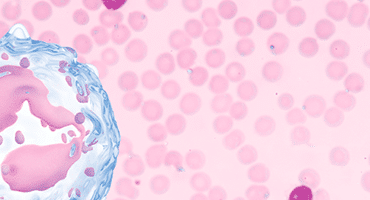
Eosinophilic Gastrointestinal Disease Gastrointestinal Society

Elecare Eosinophilic Gastrointestinal Disorders

Pin On Home Remedy Acid Reflux Attack

Elecare Eosinophilic Gastrointestinal Disorders

ป กพ นในบอร ด Love Of Clinical Science
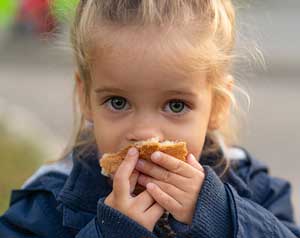
Dietary Treatment Eosinophilic Disorders

Treating Pediatric Eosinophilic Esophagitis Center For Pediatric Gastroenterology And Nutrition Board Certified Pediatric Gastroenterology Nutrition

Eosinophilic Esophagitis What Is Eoe
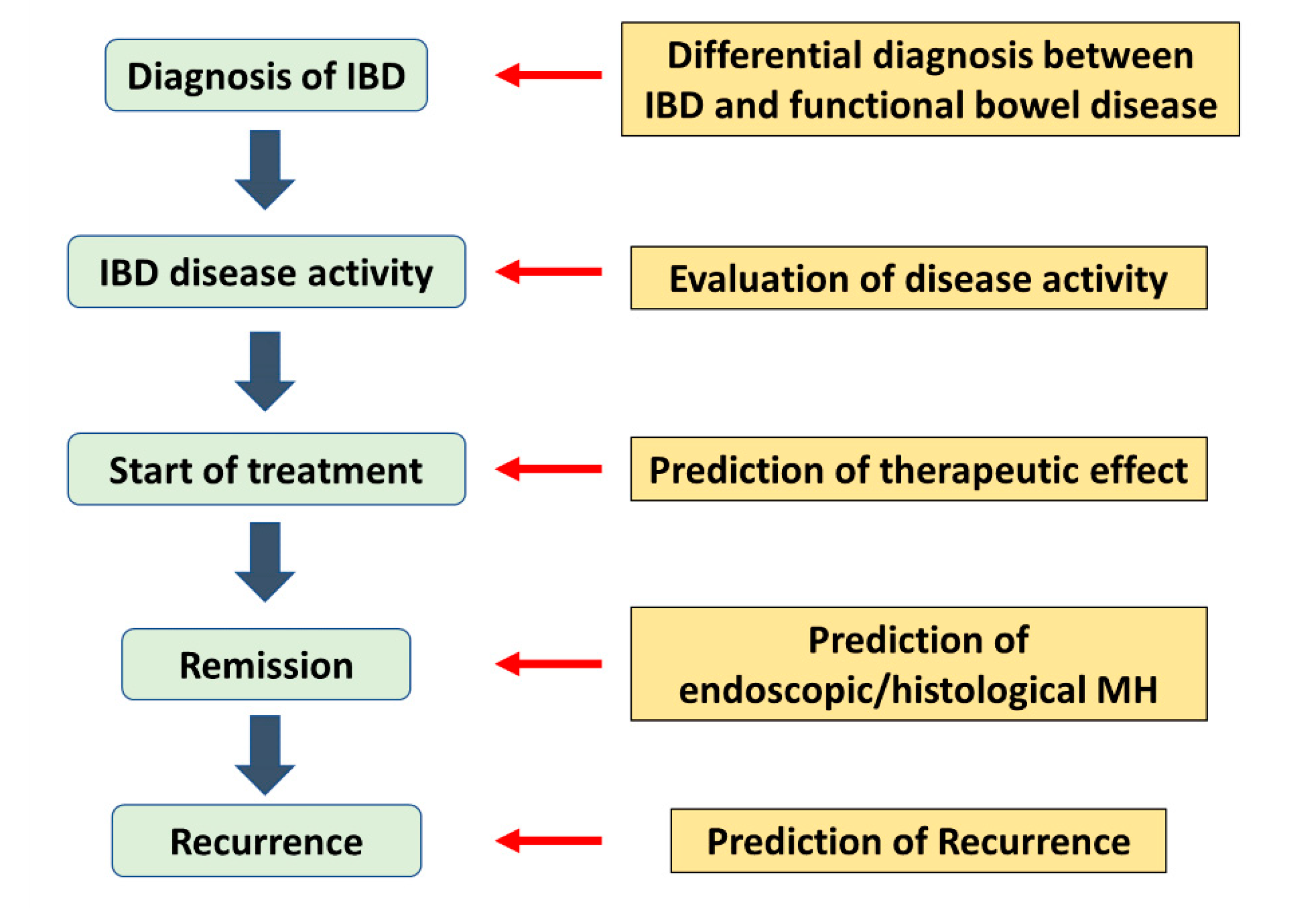
Life Free Full Text Role Of Biomarkers In The Diagnosis And Treatment Of Inflammatory Bowel Disease Html

A Rare Case Of Eosinophilic Gastroenteritis In A Neonate With Fever

Gastroenterology Endoscopy News Prn March 25 2020 Ibd Patients More Likely To Have Eosinophilic Esophagitis Eosinophilic Esophagitis Is Four Times More Common In Patients With Inflammatory Bowel Disease Than The General Population New

Gastroenterology Endoscopy News Prn February 24 2020 In Pediatric Uc And Crohn S Presentation Of Eoe May Differ Eosinophilic Esophagitis Appears To Be More Common In Patients With Ulcerative Colitis Than Crohn S Disease According To New

Pediatric Eosinophilic Esophagitis And Allergic Disorders Arnold Palmer Hospital
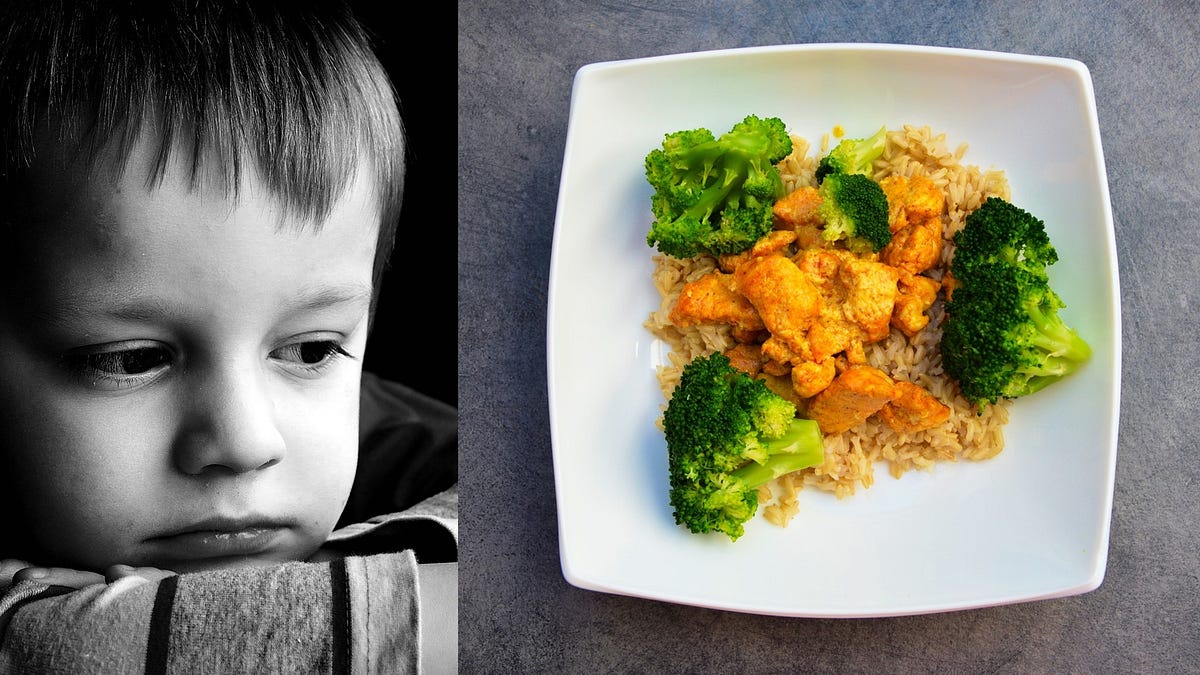
When Food Is The Enemy Understanding Eosinophilic Esophagitis By Nancy R Gough Phd Beingwell Medium

Eosinophilic Gastroenteritis Symptoms Causes Diagnosis Treatment
